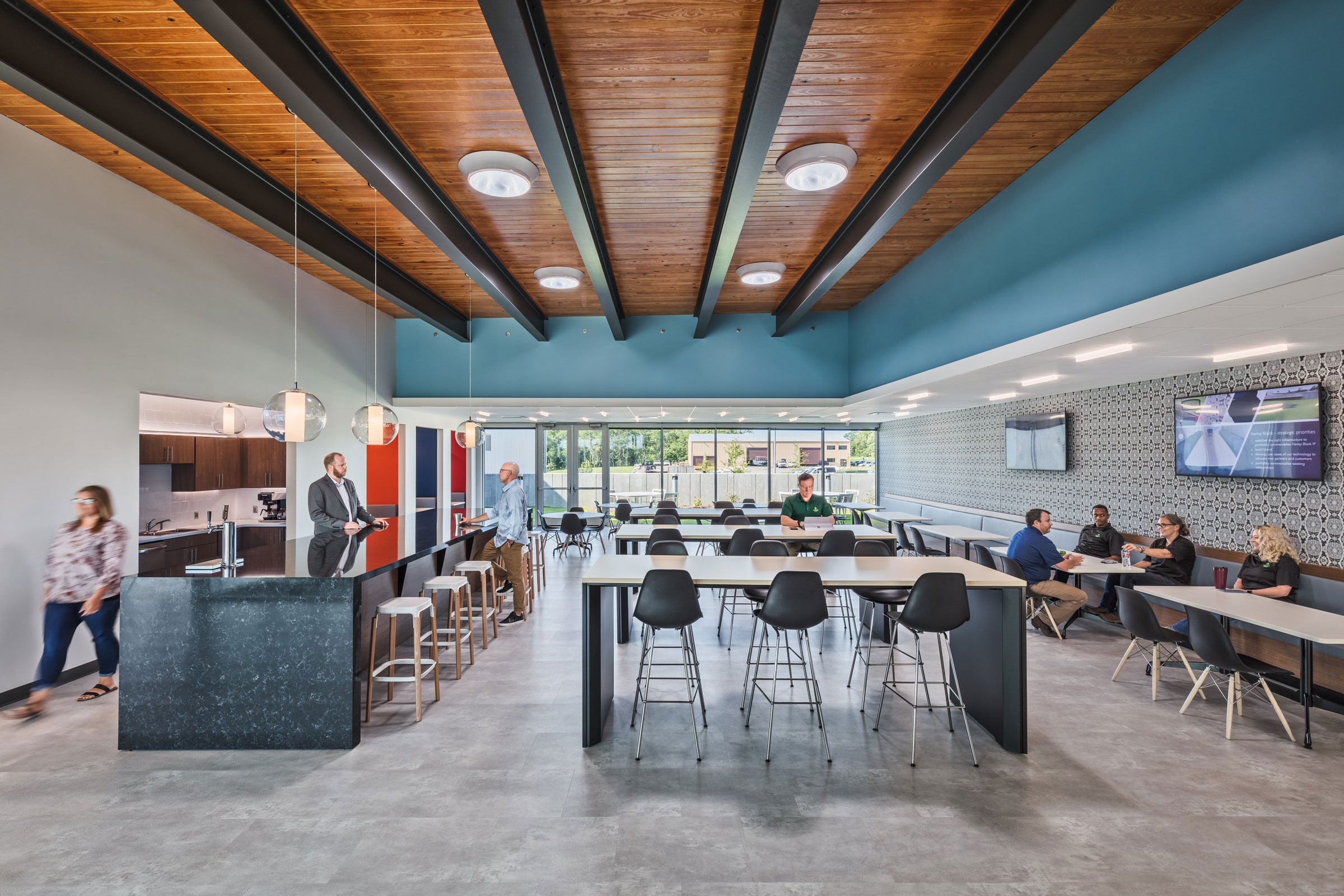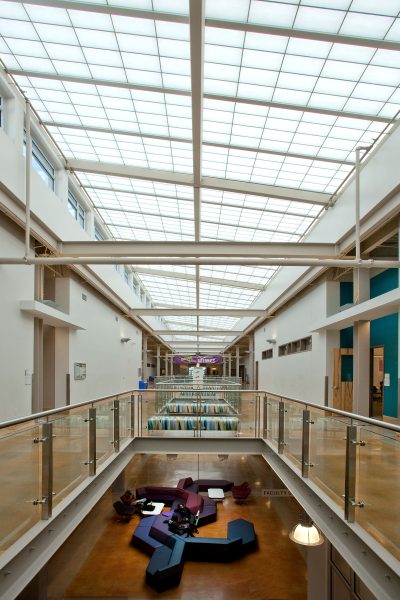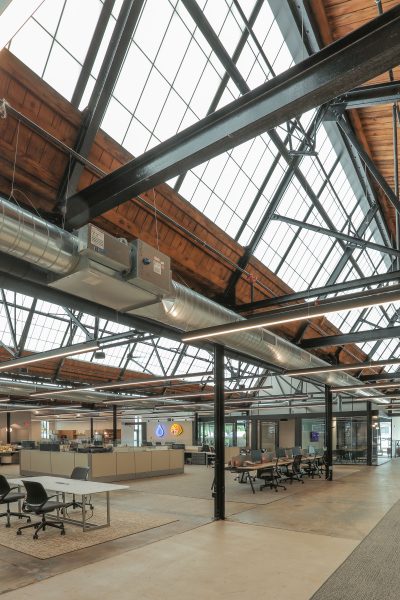Story at a glance:
- Circadian lighting considers how light impacts not just a space’s appearance but also the biology, mood, and performance of the people in it.
- Solatube International, a Kingspan Light + Air company, develops optical systems that artfully harnesses spectral content to support visual clarity and circadian alignment.
- Projects like Austin Community College show how daylight can turn dormant architecture into sticky spaces that draw people in and encourage connection and comfort.
How does a lighting designer start designing? By listening to the body.
That’s the new reality of daylighting, where biology, not brightness, is driving innovation. As science deepens our understanding of how light regulates circadian rhythms and influences everything from hormone production and sleep to mental clarity, emotional balance, and long-term health outcomes, design priorities are shifting. Today’s most forward-thinking strategies use light not just to illuminate space but to support human wellness at its core.
We used to design light for what we could see. Now we design light for how we function.
For Neall Digert, vice president of innovation and market development at Kingspan Light + Air, this evolution is personal. Known in the industry as “Dr. Daylight,” Digert has spent decades merging architectural lighting with human biology. His mission: Design environments that support the way people are meant to live and feel. “We used to design light for what we could see,” Digert says. “Now we design light for how we function.”
Lighting the Body, Not Just the Room
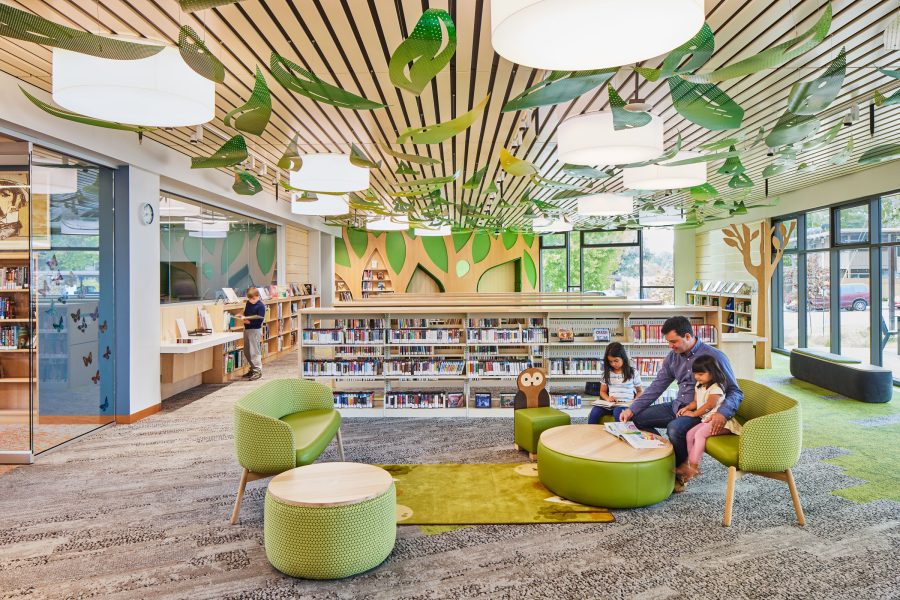
The Capitola library in California was designed by Noll & Tam Architects with plentiful natural light. Photo courtesy of Solatube International
For more than a century lighting standards prioritized vision. Most systems were based on photopic light—brightness within the visible spectrum—measured in lumens and foot-candles. But light that helps us see is not always the light our bodies need.
In the early 2000s researchers discovered intrinsically photosensitive retinal ganglion cells, or ipRGCs. Unlike the retinal rods and cones, the ipRGCs play a crucial role in regulating human chronobiology by responding to changes in daylight. They regulate sleep-wake cycles, hormone release, and mental alertness. Different light wavelengths have distinct effects on the reaction of ipRGCs, primarily due to their sensitivity to blue light. “We’re visual creatures, yes, but we’re also chronobiological creatures,” Digert says. “The light that enters our spaces should support both realities.”
Designing for Vision & Biology
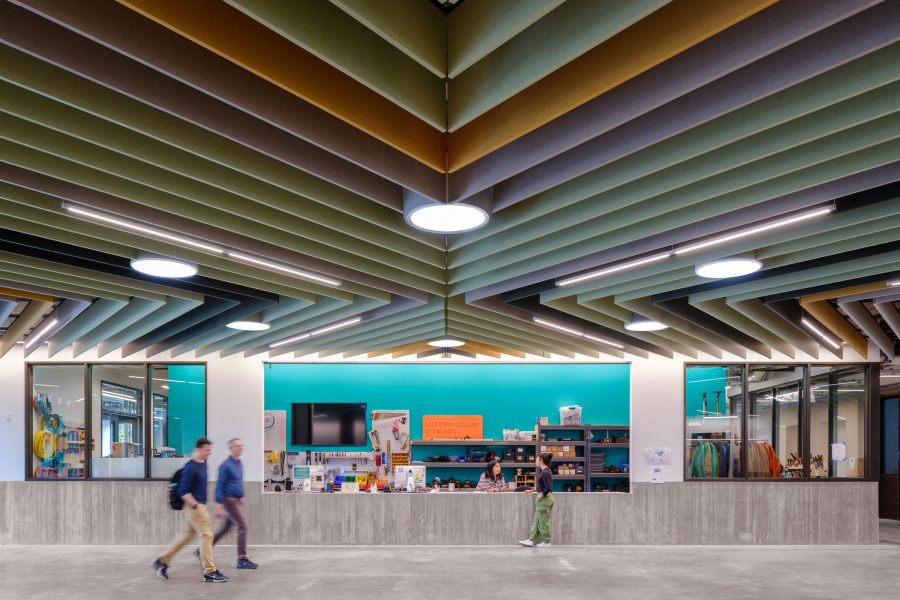
Daylighting systems are seen here inside the California College of the Arts. Photo by Jason O’Rear
Kingspan Light + Air and Solatube are applying this science through daylighting systems that deliver light tailored to both time and need. It’s not just about quantity of light, but quality, and controlling which wavelengths come through, when they arrive, and where they land in a space. “Our designs focus on getting the right spectrum to the right place at the right time,” Digert says.
Unlike traditional systems that push light downward, Solatube’s approach redirects light toward vertical surfaces. Lighting walls instead of floors strengthens psychological ties to the outdoors and supports circadian rhythm regulation. “If we can light a wall while providing the correct daytime spectral content, we fool the brain into believing there’s a view to the horizon,” Digert says. “And our brains want that. We’re wired for it.”
By combining optics and materials science, Solatube designs spaces that not only feel brighter but also function better for the people inside.
Making Dark Spaces Work
- Austin Community College, a former shopping mall, now includes translucent and transparent glazing along former retail bays. A central skylight runs through the main corridor, bringing in daylight that reaches deep into the interior. Photo courtesy of Kingspan Light + Air
- The Click Rain and Lemonly headquarters uses Kingspan Light + Air’s GridSpan translucent panel skylights, which feature a lightweight sandwich panel design with fiberglass reinforced polymer face sheets that provide light and solar heat gain control. Photo courtesy of Kingspan Light + Air
The real test for these strategies often comes in buildings where natural light is hard to access. Adaptive reuse projects, in particular, present an opportunity to rethink lighting from the ground up.
One standout example is Austin Community College in Texas, where a defunct shopping mall was transformed into a vibrant academic campus. The structure, originally closed off from natural light, now includes translucent and transparent glazing along former retail bays. A central skylight runs through the main corridor, bringing in daylight that reaches deep into the interior. “The architects created a place where people want to be, not where they’re told to be,” Digert says. “The daylight draws them in, makes them comfortable, keeps them engaged.”
These informal gathering areas, what Digert calls “sticky spaces,” encourage students to collaborate and connect. They are not assigned study zones. They are places where people choose to spend time.
A New Standard for Light Quality
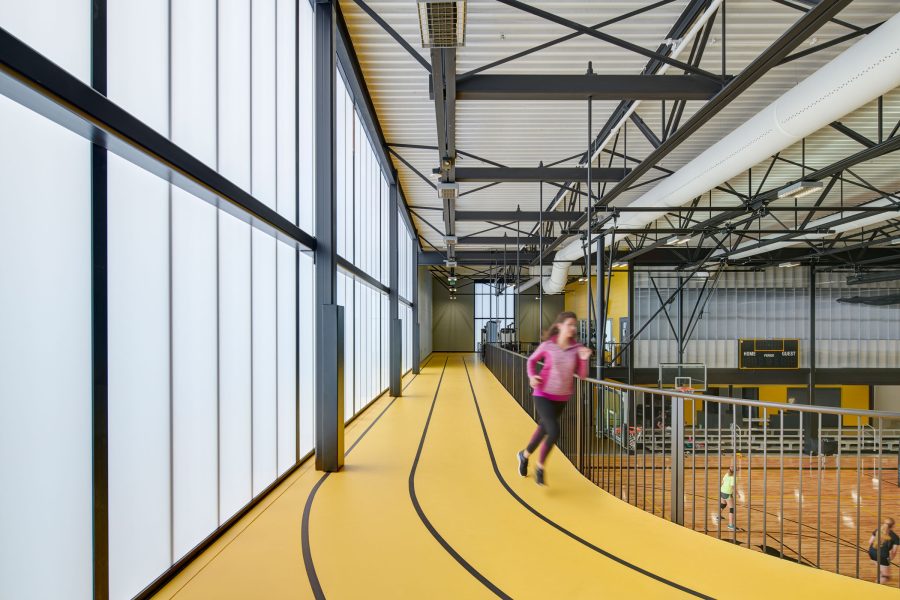
The Lone Tree Wellness Center in Iowa was designed by Neumann Monson Architects. Photo courtesy of Kingspan Light + Air
Despite advances in lighting science, there is still no universal product rating for circadian-effective light. Most materials are judged by visible transmittance, which measures the amount of light that passes through, but not what kind.
Digert is working with the National Fenestration Rating Council to help develop a product rating that accounts for biologically relevant light. “Right now a bronze-tinted glass and a blue-tinted glass can have the same visible transmittance rating but wildly different biological effects,” he says. “This new rating would improve that.”
The aim is to give architects and specifiers a tool to choose glazing that supports both performance and wellness.
What’s Next for Daylighting
Kingspan Light + Air and Solatube International are looking to the future. They are developing near-infrared daylighting systems for potential therapeutic use and skylights that adapt spectral content throughout the day.
“The science is here. The tools are catching up. Now it’s about putting these ideas into practice,” Digert says. “As innovators in the daylighting space we believe it’s our responsibility to lead the way—bringing next-generation technologies to market and translating emerging research into meaningful applications that redefine what buildings can do for people.”

